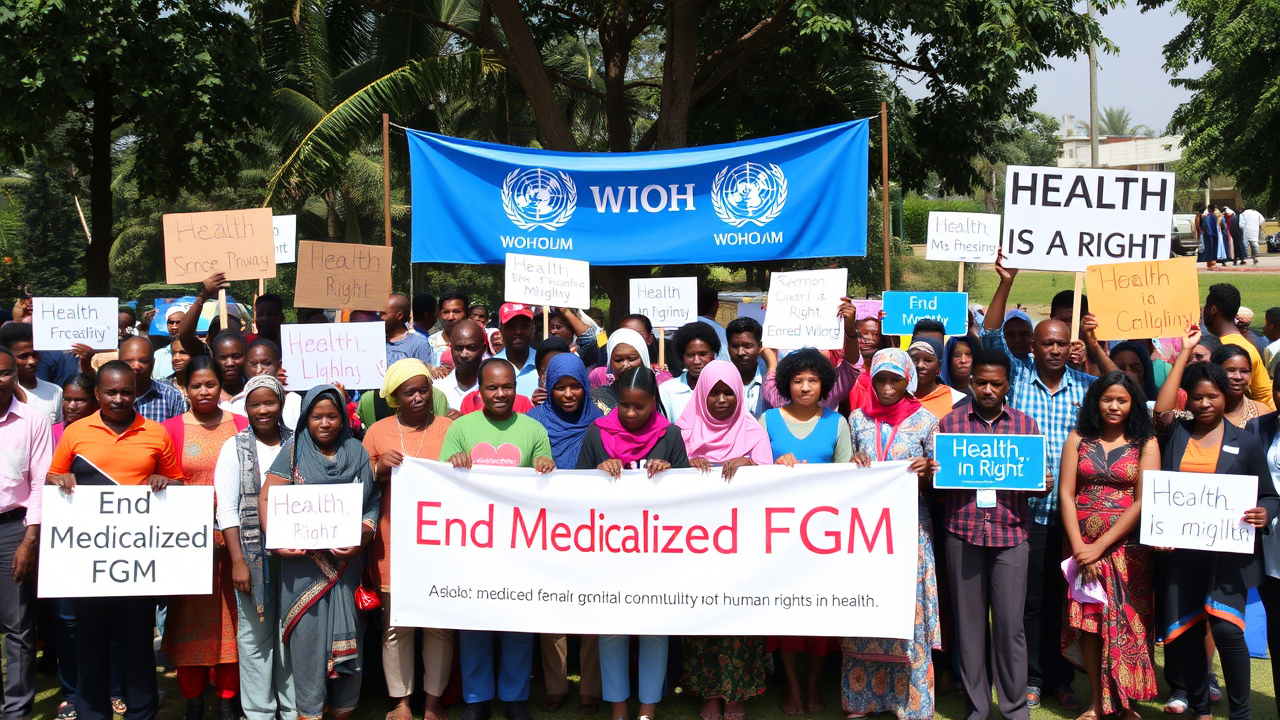WHO’s Bold Stand Against Medicalized Female Genital Mutilation: Why It Matters More Than Ever
Here’s a stat that hit me like a punch to the gut: Over 52 million girls and women have undergone female genital mutilation (FGM) at the hands of doctors, nurses, and other health workers. That’s not some distant past — it’s happening right now. And it’s called medicalized FGM. Sounds paradoxical, doesn’t it? Medicine is supposed to heal, not harm. So why are healthcare professionals performing a practice that’s internationally condemned as a human rights violation?
That’s exactly what the World Health Organization (WHO) is pushing back against — hard.

What Exactly Is Medicalized FGM?
Let’s get this straight: FGM is the partial or total removal of external female genitalia for non-medical reasons. And when it’s done by a trained medical worker, people assume it’s “safer.” But here’s the thing:
It doesn’t matter who holds the scalpel — FGM is still FGM.
Whether it happens in a clinic or a village hut, the outcome is the same: pain, trauma, and lifelong complications. The WHO’s latest guideline, “The prevention of female genital mutilation and clinical management of complications,” calls this trend out for what it is — dangerous and deceptive.
Why WHO’s New Guideline Is a Big Deal
WHO’s message is loud and clear: No health professional should ever perform FGM. Period.
They’re not suggesting, they’re demanding. Here are the major takeaways:
- FGM should be banned in all professional medical codes of conduct.
- Doctors and nurses must be trained to refuse FGM requests and explain the risks.
- Survivors deserve support, not shame — including physical and mental healthcare.
- Community education is critical to break harmful cultural beliefs.
It’s a much-needed shift, especially when you realize that medicalized FGM is actually making the practice more socially acceptable — and harder to eliminate.
Medicalization Doesn’t Mean Protection
Let’s bust this myth once and for all: FGM, even when done in a hospital, can lead to:
- Severe bleeding and infection
- Childbirth complications
- PTSD, anxiety, and depression
- Sexual dysfunction
- Lifelong physical pain
And worse? It gives the illusion that it’s okay—because a professional did it. That’s like saying drinking bleach is fine if it's served in a wine glass.
A Global Health Crisis Demands a Global Response
More than 230 million girls and women have undergone FGM worldwide, mostly in parts of Africa, the Middle East, and Asia — but it’s not just “their” problem. It’s ours too.
If we stay silent, we’re complicit.
WHO’s new guidelines aim to fuel global change, especially with the UN’s goal to end FGM by 2030. But that won’t happen without:
- Stronger laws and enforcement
- Community education from within
- Empowered female voices leading change
- Healthcare reform to put ethics before tradition
Time to Cut the Silence, Not Girls
Let’s be real: culture evolves. Practices that once seemed “normal” can be challenged and changed — just like foot-binding or child marriage.
FGM isn’t a tradition worth preserving. It’s a violation of dignity and health.
So, hats off to WHO for taking this firm, no-nonsense stand. But it’s not just their fight. It’s ours too.


